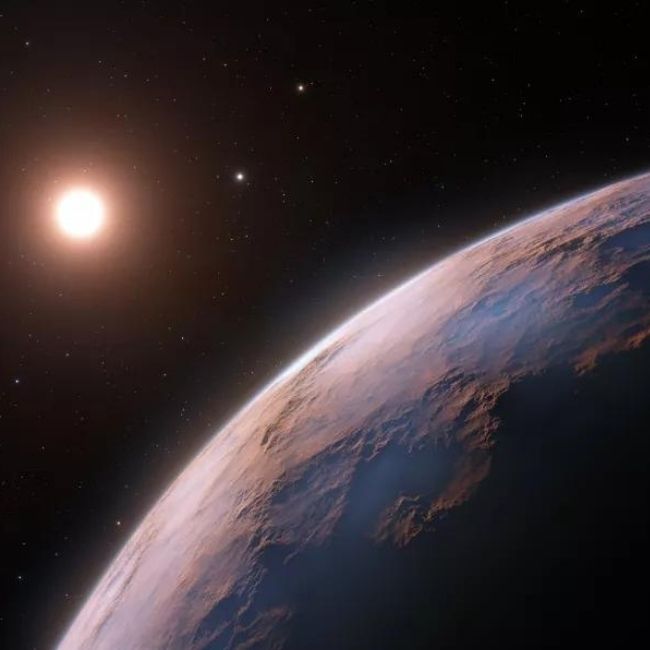
Proxima d – 3rd planet near Sun’s neighbour!
Recommended for Middle Grades
Astronomers have discovered a third planet around the Sun’s closest neighbouring star, “Proxima Centauri”. In this case, it’s called “Proxima d“. It’s thought to be about a quarter the weight of Earth.
What is Proxima Centauri?
Proxima Centauri is the closest star and about 4.22 light-years away from the Sun.
Proxima Centauri Star System!
What is Exoplanet?
A planet that isn’t part of our solar system.
The Proxima Centauri star system already has two exoplanets, and now astronomers have discovered a third. Thus, discoveries like these show that our closest stellar neighbour is full of interesting new worlds. In addition, the new worlds could be studied and explored for the future. Proxima d orbits Proxima Centauri at a distance of about four million kms. Also, it takes five days to complete one orbit around Proxima Centauri.
Furthermore, there are two other planets around Proxima Centauri. One of them is called Proxima b, which has a mass about the same as Earth and orbits the star every 11 days. The other one is called, “Proxima c” which is on a five-year orbit around the star.
ESPRESSO and Proxima d!
Researchers used ESPRESSO, which stands for “Echelle Spectrograph for Rocky Exoplanets and Stable Spectroscopic Observations,” to find Proxima d. This instrument was installed on the European Southern Observatory’s (ESO) Very Large Telescope in Chile.
Interesting observations!
- Proxima d is the lightest exoplanet that has ever been discovered.
- The gravity of Proxima d is so small, that it moves back and forth at about 40 centimetres per second (1.44 kilometres per hour).
- Researchers aren’t sure whether Proxima d has an atmosphere or not.
- There is a good chance that Proxima d is too hot for Earth-life to live on its’s surface.
Check out this fascinating Youtube video by “Southern European Observatory” on the discovery of Proxima d.
Curious Times is a place where we’re passionate about what we do. Consequently, we work hard every day to give our young readers the greatest possible experience and information. We also use Curious Times Weekly, The Curious Magazine, and My Expressions to communicate with our audience. As a result, our content is exciting and interesting for our readers.
Schoolchildren from all around the world appreciate and enjoy our materials. So, we’re always looking for ways to improve, and are curious to hear from you. This, above all, assists us in providing better service to you.
Thus, what sort of news stories capture your interest? In the comments section below? Please share your thoughts! For the simple reason that we enjoy hearing from our young readers. The following social media platforms allow you to communicate with us: WhatsApp, Instagram, Facebook, Youtube, Twitter, LinkedIn.
0 (Please login to give a Curious Clap to your friend.)
